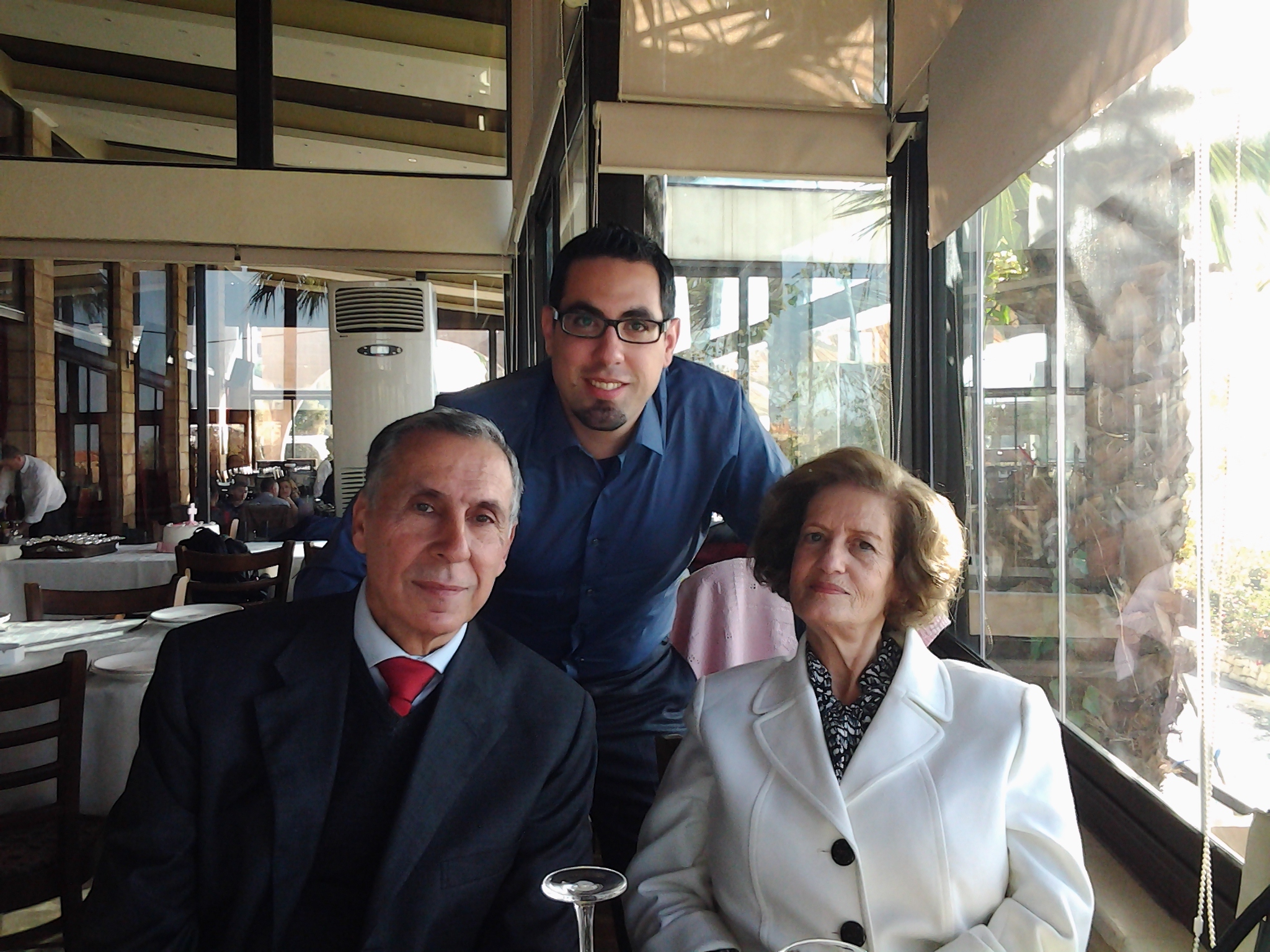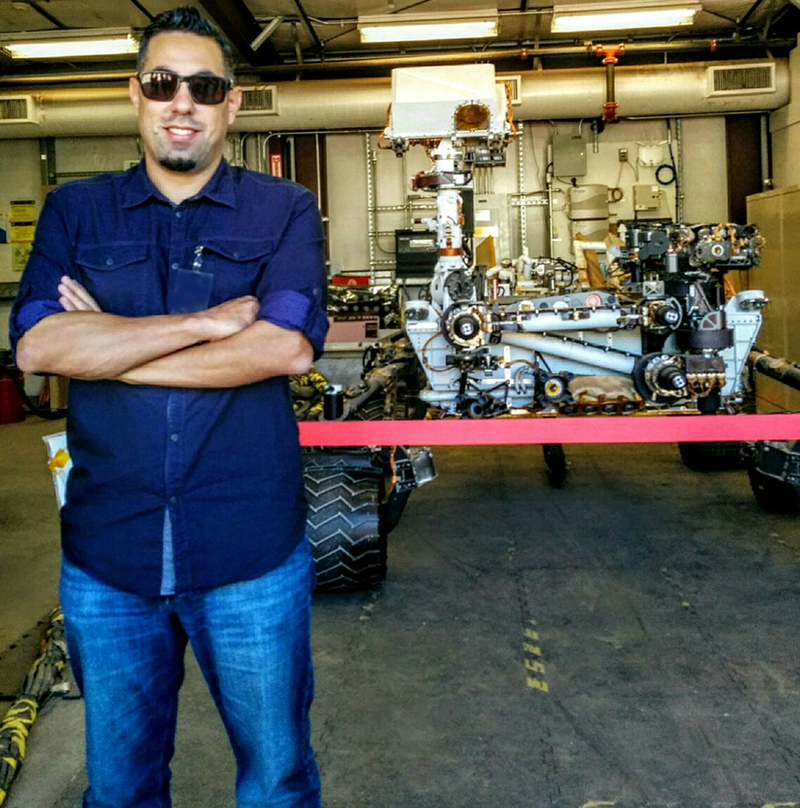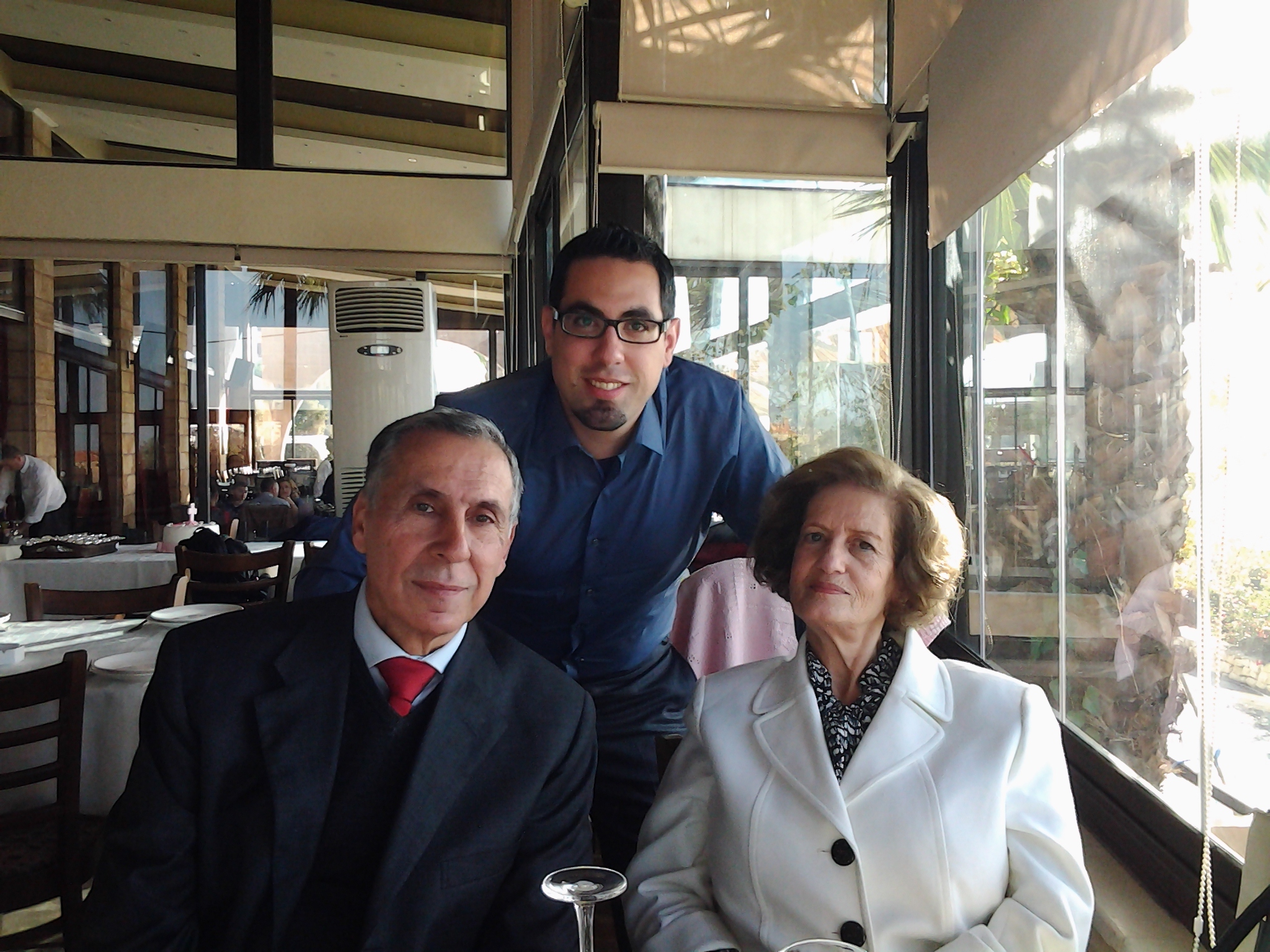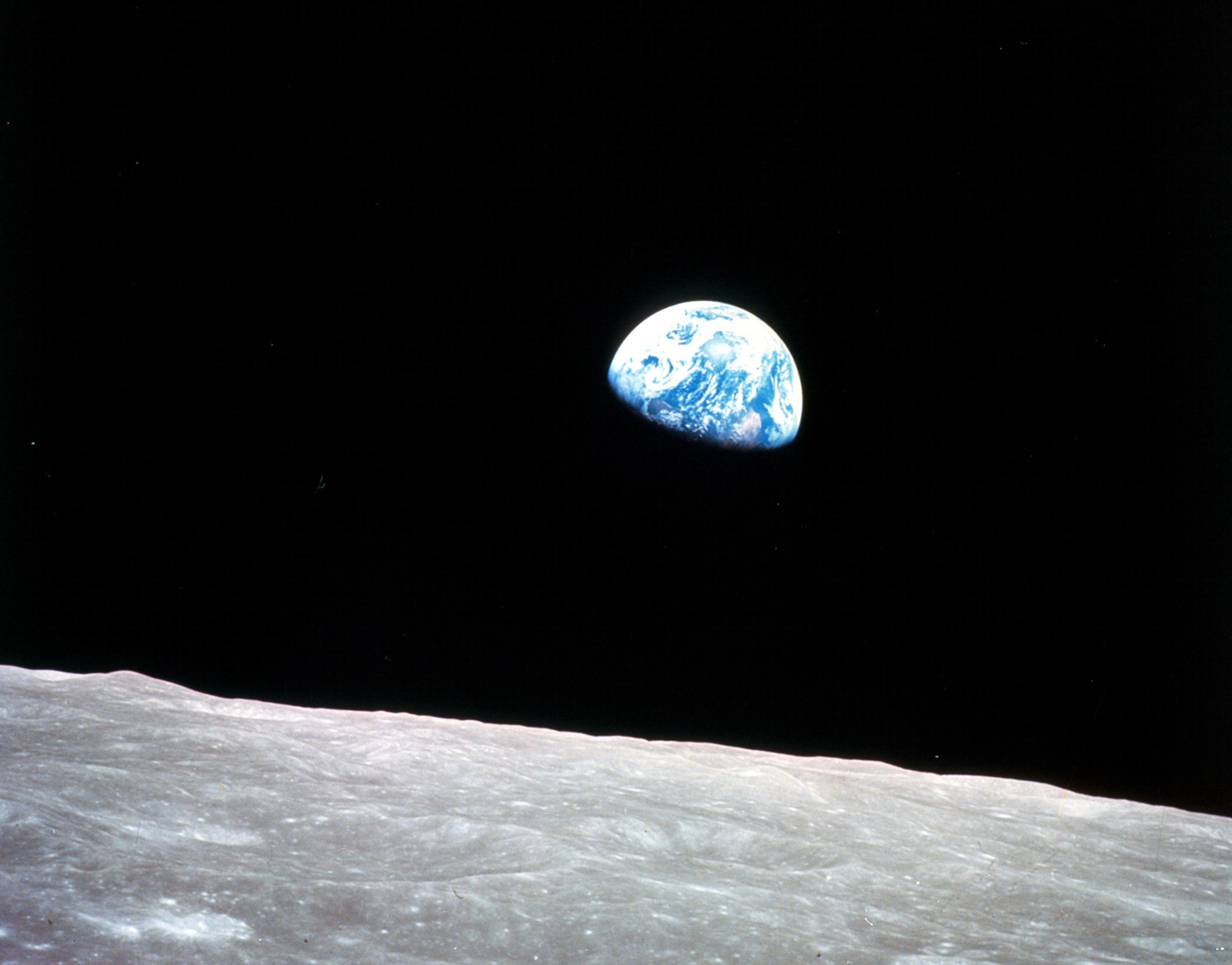
Alain S.J. Khayat
Research Scientist | NASA's Goddard Space Flight Center
Collège des Frères, Tripoli, Lebanon
University of Hawaii at Manoa, Institute for Astronomy: Astronomy and Mechanical Engineering
I was always interested in understanding how the world works, searching for our origins in the universe, and determining if there are other worlds out there just like ours. As a kid, I was fortunate enough to camp in the mountains of Lebanon where I was born. All I had to do was lay back and enjoy the beautiful starry night with an endless imagination. One day, my dad gave me a book on astronomy from our home library called "Tout ce qu'il faut savoir sur l'astronomie" ("Everything You Need to Know About Astronomy") by Pierre Rousseau. I was captivated by the book and couldn’t let go of it. It was clear to me that astronomy was what I wanted to do.
When I was a teenager, my parents bought me a telescope that allowed me to look – for the first time – at star clusters, Saturn’s rings, the Great Red Spot on Jupiter and the Mars polar hood. I was determined to learn as much as I could about physics and mathematics in school because they are key elements in deciphering how the universe works.

I had an unusual career path before becoming part of NASA. I lived in an area where no astronomy degrees were offered, and where there were very few job prospects for someone with a physics degree. Given these obstacles, I had almost no chance to become what I am today, but my family supported me and provided me with science books, astronomy magazines, and my first telescope. They also helped me establish an astronomy club with my friends.
I studied engineering as an undergraduate because it included applied physics. This degree started me on a journey that led to the most accomplished institution – NASA.
I moved to Hawaii to join the University of Hawaii’s Institute for Astronomy, for their graduate program in observational astronomy. As a graduate student at the NASA Infrared Telescope Facility (IRTF), I was lucky enough to use Mauna Kea’s telescopes. I worked on the mechanical design of an infrared spectrometer and did research on comets and planetary atmospheres. Around that time, a team at the NASA Goddard Space Flight Center announced a major discovery – the detection of methane on Mars. After this discovery, I worked on my Ph.D. dissertation in both Hawaii and at NASA Goddard. In this work I conducted a search for current volcanic outgassing on Mars using Mauna Kea’s telescopes at infrared and sub-millimeter wavelengths to determine if there was a volcanic origin for the methane.
I remember having chills the first time I visited Mauna Kea. It took me back to my childhood room on the opposite side of the globe where I had first read about the telescopes on Mauna Kea. I had dreamed about how amazing it would be to work there. I certainly had no idea then that I would spend the best days of my life in Hawaii.
After graduating, I joined NASA Goddard through the Center for Research and Exploration in Space Science and Technology to work on the Mars Reconnaissance Orbiter and the Curiosity rover. I wanted to expand my expertise to cover orbiter- and rover-based sensing of the Martian atmosphere and to be involved with robotic exploration of our solar system.
My current research is on characterizing the environment of the Red Planet for future human and robotic missions. Part of this research involves using spectroscopy, the science that studies light when it interacts with a planet’s surface and atmosphere. Spectroscopy provides information on the major constituents of the atmosphere of a planet. I study the physical and chemical processes controlling the current water cycle on Mars and its water loss history, events such as global dust storms, and Gale crater’s local environment where the Curiosity rover is working. I plan part of Curiosity’s environmental science operations and analyze data returned from the rover.
Listen to your passion and find your talent – you have no idea what you are capable of until you leave your comfort zone. The likelihood of your success depends on how determined you are to succeed. Question everything and always be ready to accept failure, to learn from it, and to move forward. Patience is a virtue and it certainly pays off in the field of scientific research because you will be faced with a lot of adversity. Remember that work will be a big part of your life, and finding the right career path is crucial to having a good quality of life. As a future member of NASA’s family, you are responsible for helping protect our planet and for educating others about preserving the environment. Follow NASA’s motto: "For the Benefit of All."
One of the biggest challenges I faced was staying focused on my goals, because life can take you in different directions. For example, when I couldn’t find an undergraduate program in astronomy near my home, I picked engineering instead. I had to learn about astronomy on my own for years so that I could stay focused on what I wanted to do in the future. I was able to overcome those obstacles with the support of my family and close friends who kept me on track. Having great mentors in graduate school and during my postdoctoral research positions helped me a lot. Surrounding myself with the best people at work was extremely important and was a game changer.
I am inspired by people from all walks of life who work hard in their profession, regardless of their career or their income level. I am also fascinated by the minds of free thinkers who search for answers about how the universe works, and who have the audacity to constantly change the way we see the world.

Operating the Curiosity rover is so much fun. It involves planning the atmospheric observations that the rover will execute on Mars to help us learn about the Red Planet’s local environment. Knowing this is one of the most complicated spacecraft that humanity has ever built, and that it is roving on an alien world, gives me goosebumps.
Also, I really enjoy designing robotic missions to explore the solar system. These mission designs teach us so much about how to best optimize a spacecraft’s cost, mass, and components, while maximizing the science returned from each mission, and addressing the scientific priorities set forth by NASA. It involves a great deal of knowledge about orbital mechanics, instrument science, power, spacecraft communications, and ultimately science operations.
I love being out in nature. I'm an avid hiker and biker – nature is my refuge. I grew up in a family that owned restaurants, so I spend a lot of time cooking and trying new recipes.

My favorite space image is “Earthrise.” To me it symbolizes how far we’ve come as a species. It also emphasizes our responsibility to protect the fragile Earth, the only place known to harbor life.
